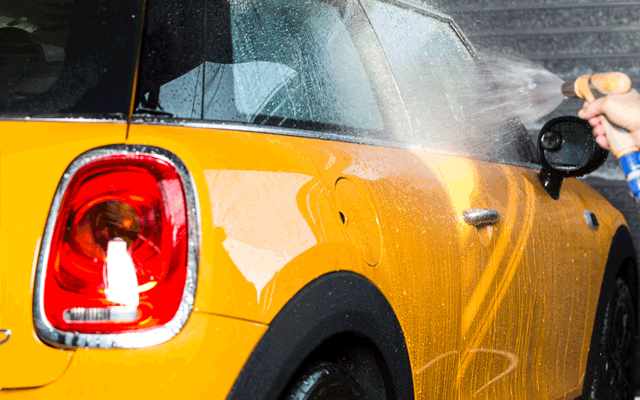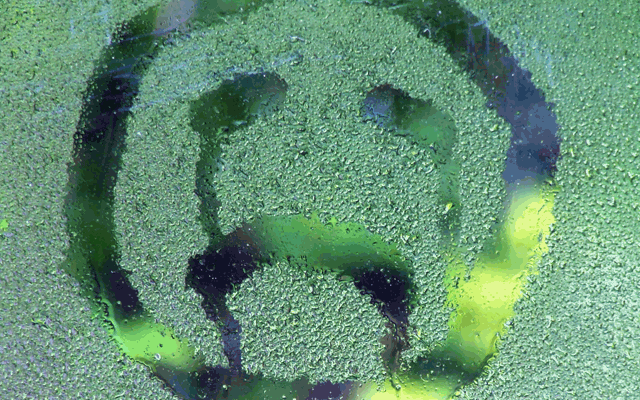After your home, your car is probably one of the biggest purchases you'll ever make. Whether you want to keep your car in great condition for resale, or because you'll be using it for a long time – there are some tips and tricks to help protect it from damage, keep it looking good, and prevent unnecessary trips to the bodyshop.

Rust busting
Thanks to modern materials and manufacturing techniques rust is much less of a problem now than a few decades ago but road salt and stone chips can still cause problems particularly if you ignore minor damage.
Rust gives away the age of a car and can cause a number of problems, especially if you want to sell your car in the future. The key to fighting rust is prevention and protection.
Common rust spots include the sills (which run underneath the car doors), the wheel arches, the exhaust, and pretty much anything underneath the car that’s made of steel.
Salt can be a major accelerator of rust. Wash your car regularly and occasionally pressure wash the vehicle's underside, especially in the winter months when the roads are salted. Wax your car at least twice a year as this is a great way to prevent paint fading.
Well-kept paintwork not only keeps your car looking good, it also protects your car from rust and you're more likely to spot minor damage – any small nicks or scratches should be dealt with early on to avoid further damage.
Patch that scratch
Any damage to your car can devalue it, so a good-looking body is key to protecting its resale value.
Dings picked up in too small parking spaces are a pain. Deep scratches should probably be dealt with by your bodyshop, but there are a few simple steps to remedy little scratches and blemishes yourself:
- Clean and dry the area.
- If the scratch is minor, applying a car polish will do the trick. A glaze can work well too
- For deeper scratches, get a paint touch-up pen from a dealer to ensure an exact match
- Clean with soap and water, or a wax and grease remover
- If the pen includes a fibreglass tip, this can help remove any loose paint or rust
- Apply the basecoat in several thin layers rather than one thick one, and allow each to dry
- Finally wash, dry, wax, and polish your paintwork.
Read our complete guide to removing scratches from your car.
We provide 24/7 roadside assistance.
Mould control
As soon as you spot mould, nip it in the bud – it's harmful to both your health and your car. Seats and upholstery can be permanently damaged, and any mould signs could put potential buyers off.
The main cause of mould is condensation, which can often be caused by loose or damaged seals around your car doors, windows or sunroof. These may be identified by drafts, wind noise (inside the car) while driving, or wet carpet or seats. Checking the door and window seals for cracks or holes is a good start, but it may also be that the rubber has aged. If you find any seal weathering or experience problems, visit a garage or take it to the dealer for repair.

General condensation can be absorbed with the use of moisture traps, which pull in moisture from the air. These are cheap and effective at preventing further outbreaks of mould. If you're on a budget, you can make your own moisture trap – one way is to put cat litter in a pair of tights and pop it under your car seat. You will need to change the cat litter from time to time.
There are several ways to tackle the mould itself. It’s best to look for a product designed for the job in your local accessory store or you could try one of the diy solutions using chemicals like bleach, ammonia, borax, baking soda and tea tree oil. Picking the right option depends on whether you're dealing with the carpets and soft furnishings or the harder surfaces. You can find out more with this guide to mould removal. Whichever method you use, it's important to remember to air your car thoroughly afterwards, leaving the doors and windows open until the area is completely dry. This can help keep mould at bay for good. Algae can be an equally troublesome matter, but many of the same methods that work on mould will apply – cleaning with chemicals and scrubbing thoroughly can help remove the algae, while sealing out moisture can help prevent it from forming.
Bird muck is bad luck
Bird droppings may be good luck for some but when it comes to your car it's definitely not, as this is something that can permanently damage your paintwork. These simple tricks can help to tackle the issue and maintain the look of your car.
The need for speed
Bird poo contains fast acting acids that start to eat into your paintwork instantly – luckily there are a number of muck removers on the market. Keeping one in the boot of your car can allow you to act fast and avoid the worst.
For dried on muck
If bird droppings have dried onto the car, soften before wiping away to avoid any possible pips or seeds scratching the paintwork on removal. Ideally, use a soft microfiber clot. Add some water and muck remover and leave for 10-15 minutes. The trick is to pull up and away rather than wiping the mess across the paintwork.
Car care & maintenance
Although you can do your best to keep your car well maintained, there are times you'll need to get help from a mechanic, or seek further advice on car servicing and maintenance. Though most issues here shouldn't affect your car's performance if the worst should happen and you find yourself stranded, take a look at the AA website for details of breakdown cover as well as information on what to do if you breakdown.
